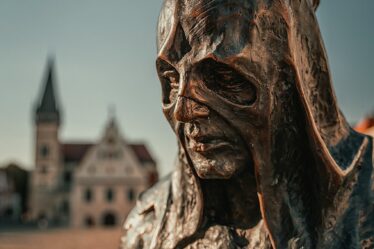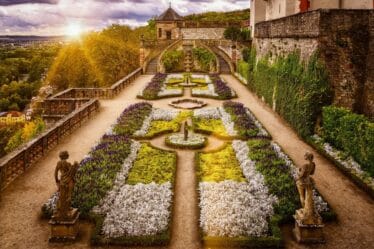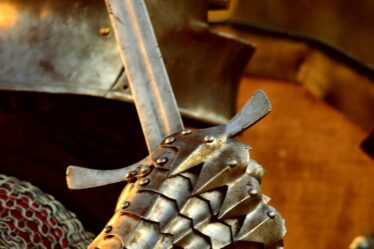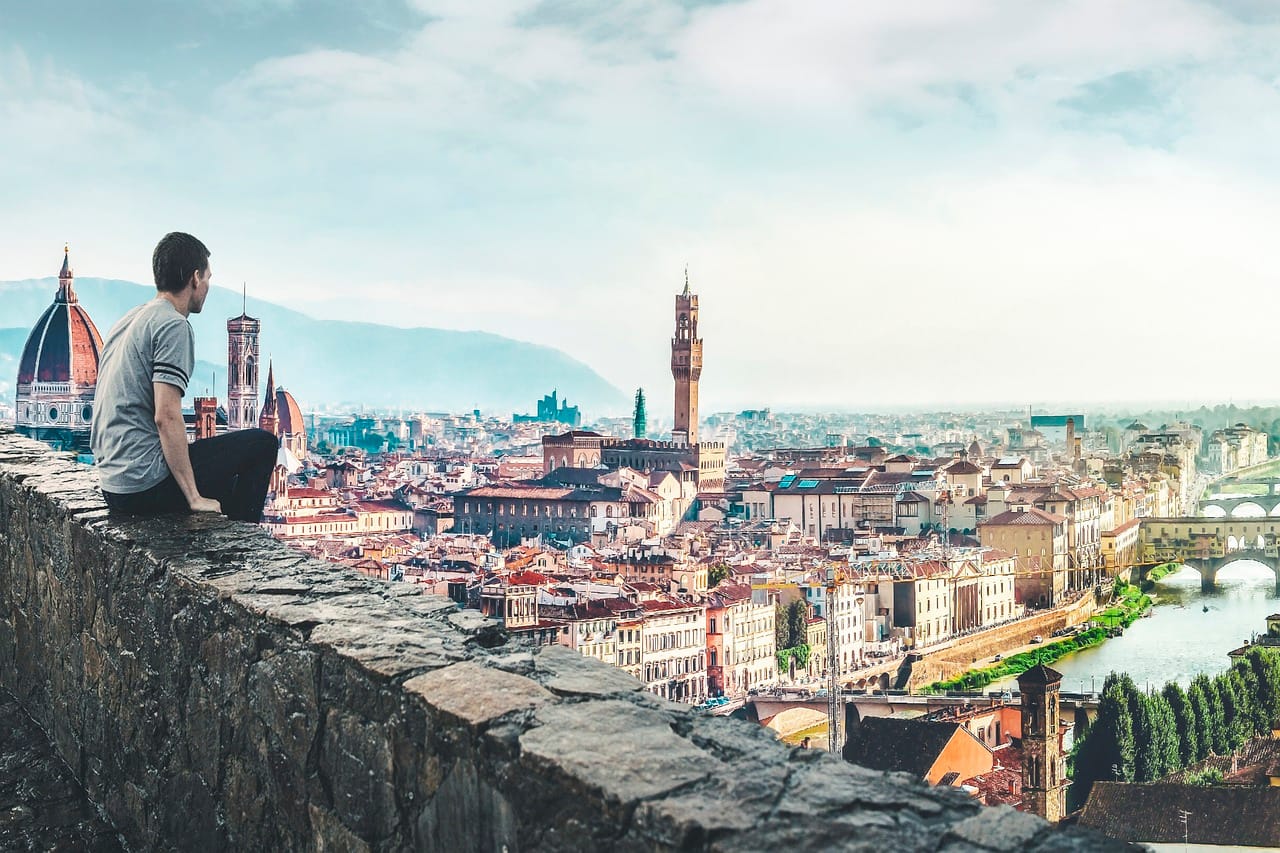
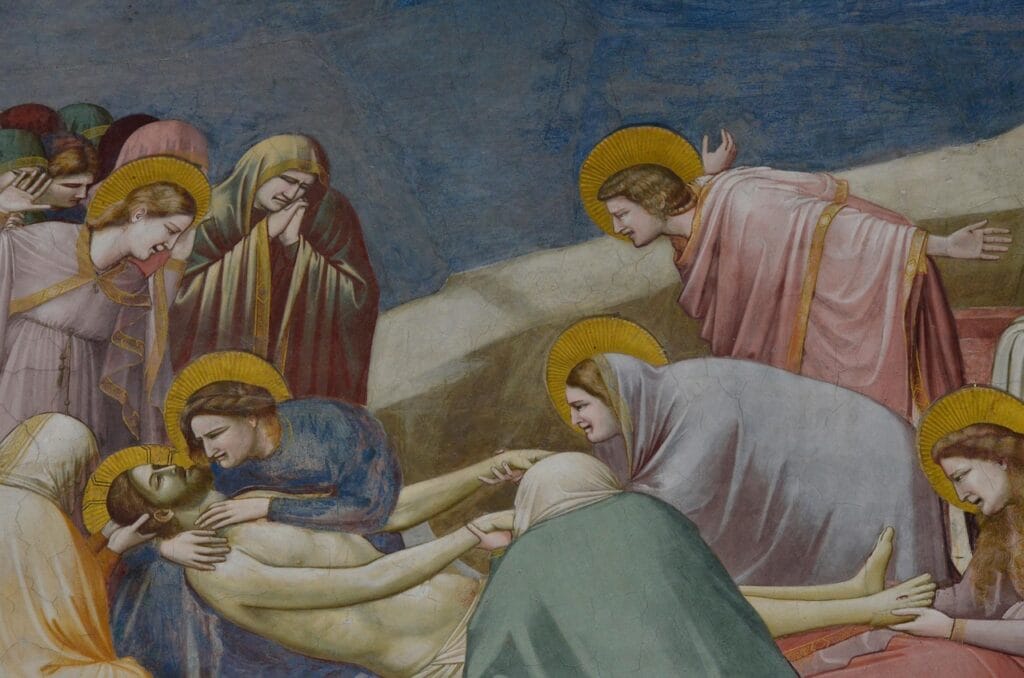
Introduction
When talking about the origins of Renaissance art, no names are more crucial than Cimabue and Giotto. Their story marks a turning point in the history of painting and in the cultural rise of Florence. This article explores the Cimabue and Giotto Legacy, tracing how these two masters shaped the transition from medieval to Renaissance art.
Cimabue: The Last Medieval Master
Born around 1240 in Florence, Cimabue is often considered the last great painter of the Italo-Byzantine tradition. His works, such as the Santa Trinita Maestà (now in the Uffizi Gallery), show a subtle shift toward naturalism.
- He introduced delicate expressions to holy figures.
- His frescoes in the Upper Basilica of San Francesco in Assisi added depth and light to sacred scenes.
By blending Byzantine influence with hints of realism, Cimabue opened the path for the Cimabue and Giotto Legacy to flourish.
Giotto: The First Renaissance Painter
Around 1267, a young boy named Giotto di Bondone caught Cimabue’s eye. According to legend, Giotto was discovered drawing sheep on a rock with incredible realism. Whether true or not, his talent soon outshone his teacher’s.
Giotto’s major innovations included:
- Three-dimensional figures that had weight and volume.
- Natural settings that suggested real space and depth.
- Human emotion, bringing sacred stories closer to everyday life.
His frescoes in the Scrovegni (Arena) Chapel in Padua and the Bardi Chapel in Santa Croce in Florence made him a pioneer. These works cemented the Cimabue and Giotto Legacy as a foundation for Renaissance art.
A Cultural Turning Point
Dante Alighieri, a contemporary of both painters, even mentioned them in his Divine Comedy, acknowledging the shift in artistic greatness from Cimabue to Giotto. This transition symbolizes more than a change of style: it reflects Florence’s rise as the heart of cultural innovation.
To learn more about this pivotal moment in art history, you can also explore the Scrovegni Chapel and the Florence Cathedral Museum, where the influence of Giotto’s work on later artists is evident.
Florence: Cradle of the Renaissance
The Cimabue and Giotto Legacy did not end with them. Their innovations inspired generations of artists, including Masaccio, Fra Angelico, and eventually Leonardo da Vinci and Michelangelo. Walking through Florence today, from the Uffizi to Santa Croce, you can still feel the echoes of their genius.
Conclusion
The story of Cimabue and Giotto is not just about two painters; it’s about the birth of a new vision of art. The Cimabue and Giotto Legacy continues to shape how we see the Renaissance and reminds us that every revolution begins with a single brushstroke.

